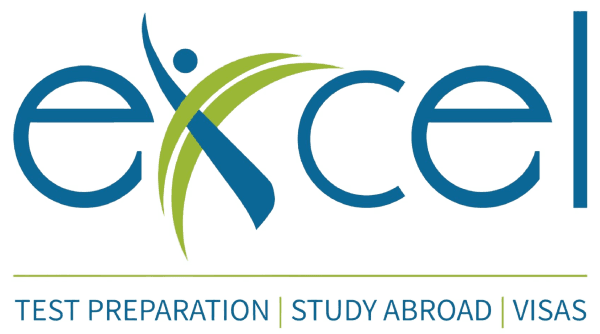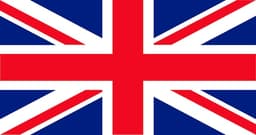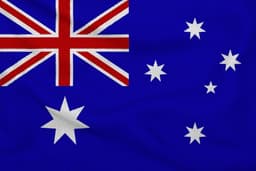Study inUSA: Your Pathway to Global Opportunities
World-class USA, endless opportunities in Australia
Why Choose the USA?
The United States is home to the world’s most prestigious universities, cutting-edge research facilities, and unmatched academic flexibility. With over 4,000 institutions offering diverse programs, the U.S. provides unparalleled opportunities for innovation, networking, and career advancement.
All accredited U.S. colleges and universities are recognized by agencies approved by the U.S. Department of Education. International students are protected under federal regulations and supported through dedicated international student offices on every campus.
Key Facts at a Glance
| Fact | Detail |
|---|---|
| Primary Language | English |
| Visa Type | F-1 Student Visa (We provide full DS-160 and interview support.) |
| Major Intakes | Fall (August/September – main intake), Spring (January), and limited Summer (May) |
| Required Exams | IELTS/TOEFL/PTE (for English proficiency); SAT/ACT (undergrad); GRE/GMAT (grad, if required) |
| Program Levels | Associate, Bachelor’s (4 years), Master’s (1–2 years), Doctoral (PhD), and Certificate Programs |
| Est. Annual Fees |
Public Universities: USD 20,000–40,000 Private Universities: USD 30,000–60,000+ |
| Funding Sources | Scholarships, assistantships, educational loans, part-time on-campus work, and personal savings |
Top-Ranked Universities (QS 2024)
The U.S. dominates global rankings with its research output, faculty excellence, and industry partnerships.
| University | QS Rankings (2024) |
|---|---|
| Massachusetts Institute of Technology (MIT) | 1 |
| Stanford University | 5 |
| Harvard University | 4 |
| University of Chicago | 11 |
| University of Pennsylvania | 12 |
| California Institute of Technology (Caltech) | 15 |
Popular Fields of Study
International students in the U.S. gravitate toward high-impact, STEM-focused, and career-driven disciplines:
- Computer Science & Engineering: AI, machine learning, robotics, and software development at top tech hubs.
- Business & MBA: World-famous programs with strong corporate recruitment (e.g., Wharton, Kellogg).
- Data Science & Analytics: High demand across finance, healthcare, and tech sectors.
- Biomedical Sciences & Public Health: Cutting-edge research and clinical opportunities.
- Finance & Economics: Pathways to Wall Street and global financial institutions.
- Fine Arts & Design: Creative programs supported by vibrant cultural ecosystems in cities like NYC and LA.
Admission & Visa Requirements
To study in the U.S., you must be accepted by a SEVP-certified institution and obtain an F-1 student visa.
1. Academic & Standardized Testing
- Accreditation: Your school must be certified by the Student and Exchange Visitor Program (SEVP).
- Undergraduate: High school transcripts + SAT/ACT (optional at many schools) + English test.
- Graduate: Bachelor’s degree + GRE/GMAT (if required) + English proficiency + SOP/LORs.
2. I-20 Form & SEVIS
Once admitted, your university issues Form I-20. You must pay the SEVIS I-901 fee (USD 350) and schedule a visa interview at a U.S. embassy.
3. Financial Proof
You must demonstrate sufficient funds to cover the first year’s tuition and living expenses (typically USD 40,000–70,000 total, depending on location and program).
Excel's Support: We guide you through I-20 verification, DS-160 form completion, mock visa interviews, and financial documentation.
Important Application Intakes
U.S. universities primarily admit students in the Fall, with additional Spring options.
| Intake | Timeframe | Recommended Application Period |
|---|---|---|
| Fall (Main) | August/September to December | October to February (for priority consideration) |
| Spring | January to May | July to October of the previous year |
| Summer (Limited) | May to August | December to March (only for select programs) |
Cost of Study & Living Expenses
Budgeting accurately is essential for your U.S. study journey.
| Expense | Estimated Cost Range (USD) |
|---|---|
| Tuition Fees | Public: USD 20,000–40,000/year Private: USD 30,000–60,000+/year |
| Living Expenses | USD 12,000–20,000/year (higher in NYC, LA, Boston; lower in Midwest/southern states) |
| Health Insurance | USD 1,000–3,000/year (mandatory; provided by university or private plan) |
| Additional Costs | USD 2,000–4,000/year (books, transport, phone, personal) |
Available Scholarships
U.S. institutions offer generous merit-based aid to international students:
- Fulbright Foreign Student Program (U.S. Government)
- Hubert H. Humphrey Fellowship
- University-specific merit scholarships (e.g., USC Trustee, NYU Wagner Dean’s Award)
- Graduate Assistantships (tuition waiver + stipend)
- Private foundation scholarships (e.g., AAUW, PEO)
- Athletic and talent-based awards (for eligible students)












